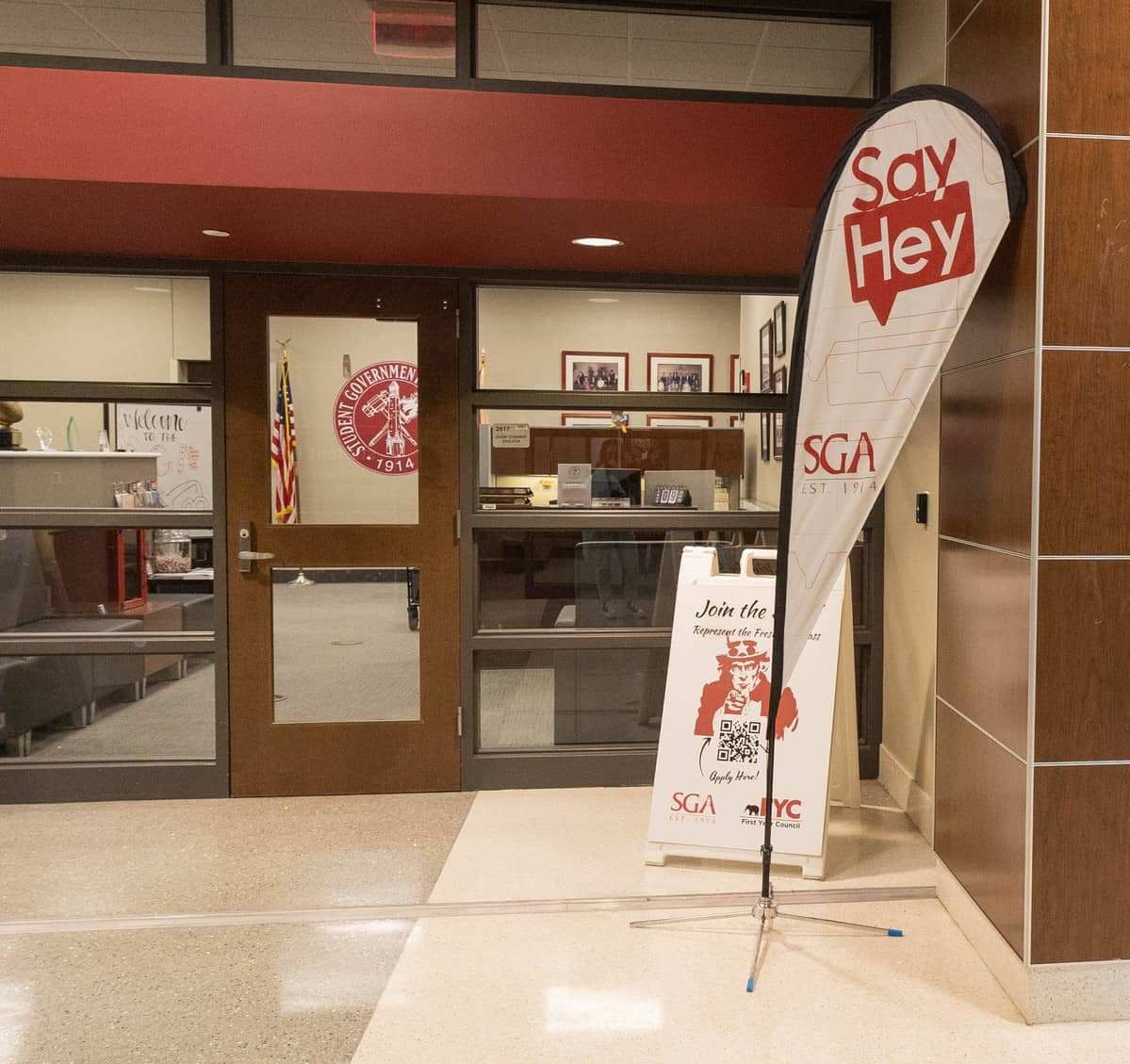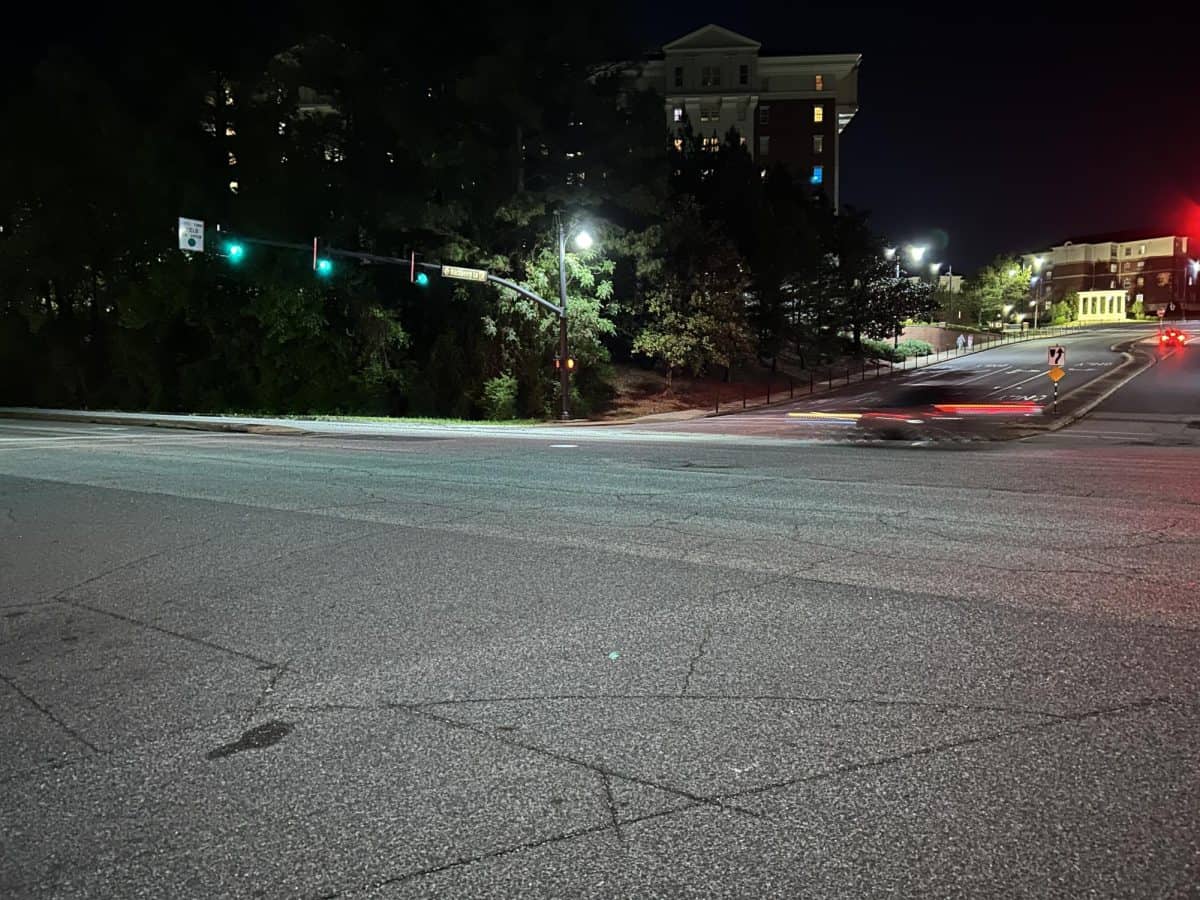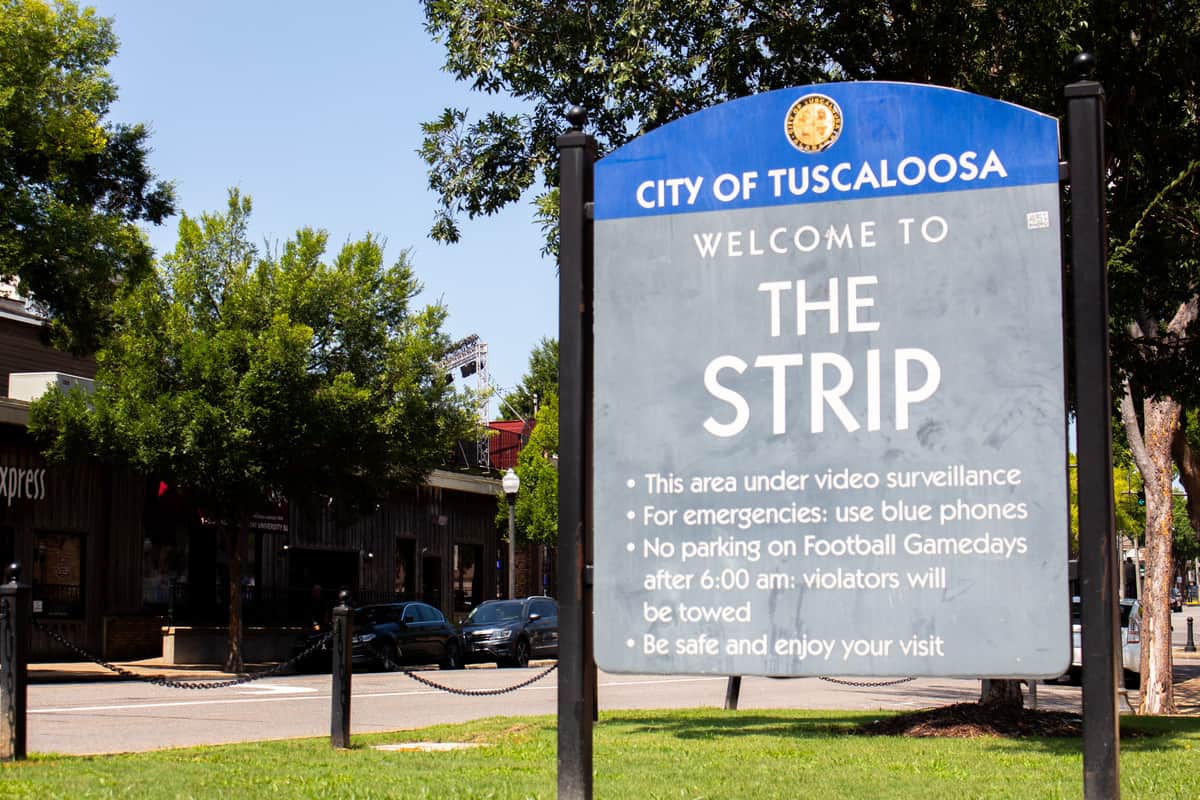On a college campus dotted with dining halls and bookended by commercial corridors crammed with restaurants, it can be easy to forget that food insecurity and food deserts, areas where people cannot easily access healthy food, are a major problem in the state.
Scott Parrott, assistant professor of journalism, and Chip Brantley, journalism senior lecturer, have been awarded an $8,000 grant by the Knight Foundation and the Association for Education in Journalism and Mass Communication to document and bring to light the food security challenges faced by many in both Tuscaloosa and West Alabama.
“We’re hoping to really just map it out in a way the general public can understand,” Parrott said. “We’re going to take that data, we’re going to map it out, and then we’re going to tell stories with it.”
The final product will be a website with an interactive map that presents statistics and stories. Parrott said two classes will be working on the project next year. In the fall, students in Brantley’s digital media workshop course will familiarize themselves with Ushahidi, the mapping software that will lay the foundation for the site.
(See also “Negative stereotypes, dirty politics fuel welfare hatred“)
“We’ll spend the first part of the semester looking at the different ways people have used Ushahidi,” he said. “And then the students will build [the site].”
The site will be special, Brantley said, because it is designed to both tell stories and allow contributions from visitors.
“Doing just one of those is tricky enough, but I think it can be a really challenging experience for us to build something that can operate those two ways,” he said.
In the spring, Parrott’s digital community journalism class will work to put faces and stories to the numbers. Elizabeth Manning, a graduate student in community journalism, is currently working on a website that maps food disparities in Tuscaloosa.
(See also “Students ask public to submit photos for digital media project“)
“When you come to the site, the first thing you see is the map,” she said.
The map features content points from liquor stores to the Druid City Garden Project, which works to develop community gardens that provide healthy produce at reduced rates. Manning’s ultimate goal is to add stories and create a food journey that shows what some must go through to access food.
“It’s a very personal matter because you’re kind of admitting you can’t feed your family,” she said. “I really just want to show it’s nothing to be ashamed of. It’s an issue we can have that we can work.”
Manning’s site and map will also allow visitors to manipulate variables and factors to view different layers of the issue.
The website that Parrott, Brantley and their students will create will use and build off of Manning’s, but it will also place more emphasis on West Alabama’s rural regions, where food insecurity and deserts stem from issues both financial and geographic, and will be more data-heavy.
“We want to nurture that increased understanding of an important social issue,” Parrott said. “You can nurture change through good journalism.”
Parrott said the project will feature input and collaboration from researchers and students across many disciplines.
(See also “Hunger Banquet offers unique perspective on global poverty“)






